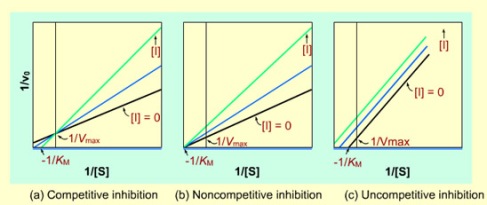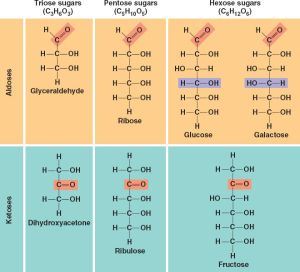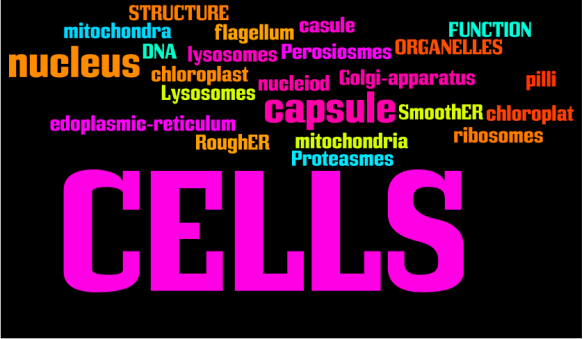The Video gives a visual explanation of glycolysis which I think provides useful in learning this may seem like a long complicated process. Guys, it is not difficult. It is just a little long and may be a little tedious but what do we have to lose. This is my interpretation of the video as well as some of my own knowledge in point form.
(1) Glycolysis has two main steps broken down into 5 enzyme catalyzed steps. In the first step glucose is phosphorylated and is converted to two glyceraldehydes-3-phosphate molecules. It is referred to as the investment stage. Whereas the second stage of glycolysis is referred to as the payoff phase where there is oxidative conversions of glyceraldehyde-3-phosphate to pyruvate and coupled formation of ATP and NADH molecules.
(2) Investment Stage Broken Down:
STEP1: Glucose is converted to glucose-6phosphate, the first irreversible reaction using ATP which is converted to ADP. It is catalysed by hexokinase and it cofactor Mg2+.
STEP 2: Glocuse-6-phosphate is converted to its isomer fructiose-6-phosphate which is a reversible reaction catalysed by phosphohexose isomerase. Mg2+ is again a cofactor.
Step 3: Another reaction where ATP is used and converted to ADP. This is an irreversible reaction catalysed by phosphofructose kinase 2 (pfk2). This enzyme is the most important regulatory enzyme in glycolysis. Fructose-6-phosphate is converted to fructose-1,6-phosphate.
STEP 4: Fructose-1,6-phosphate is converted into two, three Carbon compounds; glyceraldehydes-3-phosphate and dihydroxyacetone phosphate. The enzyme that catalyses this reaction is aldolase which is a reversible reaction.
STEP 5: Dihydroxyacetone phosphate is converted to its isomer, glyceraldehydes-3-phosphate catalysed by triose phosphate isomerase. This is a reversible reaction.
NOW WE ENTER THE 2ND STAGE (PAY OFF)
STEP6: Each glyceraldehydes-3phosphate is converted to 1,3-bisphosphateglycerates. In this reaction an inorganic phosphorous source converts two NAD+ to NADH + H. This is a reversible reaction catalysed by glyceraldehyde-3phosphate isomerase.
STEP 7: This is a dephosphorylation reaction where two molecules of ADP is converted to two molecules of ADP. The 1,3 bisphosphoglycerate molecules are converted to 3-phosphoglycerate by phosphoglycerate kinase and it cofactor Mg2+. It is a reversible reaction.
STEP 8: the two molecules of 3-phosphoglycerate is converted to 2-phosphoglycerate which is a reversible reaction catalysed by phosphoglucerate mutase.
STEP 9: The two 2-phosphoglycerate is converted to phosphoenolpyruvate catalysed by enolase. This is a reversible reaction in which two molecules of H2O is released.
STEP 10: the two molecules of Phosphoenolpyruvate is converted to two molecules of pyruvate. In this reaction two molecules of ADP is converted to ATP. Pyruvate kinase catalyses this reaction which is irreversible.


















